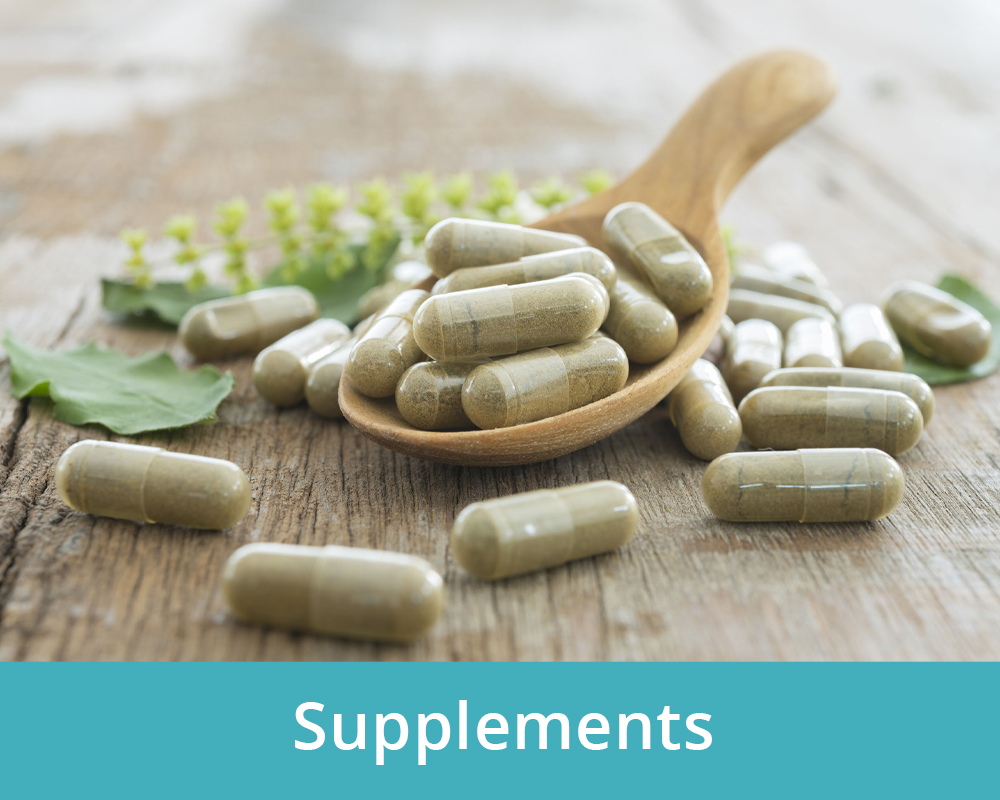
Two of the most commonly reported pregnancy symptoms are “morning sickness” (nausea and vomiting) and food cravings. Below, we offer some tips to support you through your pregnancy and reduce these symptoms!
Morning Sickness
Approximately 50-90 percent of women experience nausea and vomiting in their pregnancy, and 5 percent of women have the same symptoms throughout the entire pregnancy, per The American Congress of Obstetricians and Gynecologists. Unfortunately, science hasn’t proven the exact cause of nausea and vomiting in pregnancy. However, the elevated pregnancy hormone, BHCG, and estrogen may be a contributing factor, in addition to unbalanced blood sugars. (Mayo clinic)
We have some tips for you in surviving nausea and vomiting in pregnancy:
- Eat several small meals a day, and don’t skip breakfast. Many women need to have a few rice crackers before getting out of bed in the morning.
- Avoid triggers. If the smell of chicken makes you nauseous, avoid the smell when possible.
- Don’t lie down after eating.
- An empty stomach can contribute to nausea so try to eat regularly. Plan small snacks throughout your day to avoid long periods of time without eating.
- Avoid spicy and fatty foods such as pizza, french fries and burgers.
- Consider using anti-nausea wristbands. These bands are placed on your wrist to trigger pressure points that may alleviate nausea.
- Use ginger, nature’s anti-nausea remedy. There are many options including ginger , ginger candies or ginger tea. Use ginger candies sparingly as the do contain sugar.
- Increase your intake of vitamin B6, which can be found in foods such as spinach, bell peppers, garlic, tuna and cauliflower has been shown to help decrease nausea.
- Change the time of day you take your prenatal vitamins. Take your prenatal vitamins in the morning, afternoon or night.
- Try to get plenty of rest.
- To combat nausea, try reaching for cold foods—hot bites are more likely to have an aroma that triggers your gag reflex.
- Keep lemons on hand. Sniff them, squeeze them in drinking water or even lick slices—the refreshing smell and taste can calm your stomach when morning sickness hits. Lemon and other citrus essential oils can have a similar effect.
Cravings
No one really knows why pregnancy cravings occur, though there are theories that it may be related to nutrient needs in the mother or baby and the craving is the body’s way of asking for what it needs. For example, craving fries can actually mean the person might be needing sodium, craving ice cream could be the need for increased calcium or fat, and craving chocolate might indicate a need for magnesium.
Our taste buds do actually play a role in how we interpret our body’s needs. Studies show that the high hormone levels present during pregnancy can alter both a woman’s sense of taste and smell. So, certain foods and odours can, not only be more enticing, but in some cases more offensive; a problem that often plays out as a pregnancy food aversion.
While some pregnancy cravings can certainly seem a bit odd, in most instances, they don’t represent any real threat to mother or the baby. This, however, can change dramatically, when the craving is for a non-food item. The condition, known as pica, can lead to an overwhelming desire to consume any number of substances, some of which can be extremely harmful to both mother and baby. During pregnancy a woman can crave – and eat – things like dirt, laundry starch, crayons, ground-up clay pots, or ice scraped from the freezer. While pica (eating non-nutritive substances) is not well understood, sometimes these cravings represent a nutritional deficiency, particularly a need for iron, there are no studies to prove this is always the case. Among the most dangerous aspects of pica is the consumption of lead, particularly when women eat dirt or clay. This can lead to infant and child developmental problems with low verbal IQ scores, impaired hearing, and delayed motor skill development. Other research has shown an increased risk of learning disabilities and attention deficit disorders in infant exposure to lead before birth (Webmed).
It is important if you do have cravings to think about the food that you are craving and what nutrients it may have that you could be needing. With this information, you can make a plan to switch out what typically might be an unhealthy craving to something that is more nutritious, and feed your body with the nutrients it requires. For example, if you are craving ice cream you might be needing calcium and fat, so you could switch out your sugar-loaded ice cream with organic full-fat Greek yoghurt with frozen berries. The latter is much better for you and your baby as it offers more nutrients, less sugar, and can help maintaining balanced blood sugar levels and a healthy weight gain during pregnancy.
In Summary
We don’t have all the answers as to why nausea, vomiting and food cravings are so common during pregnancy. But, we there are many available strategies to help manage and resolve these symptoms.
If you need help navigating these, or any other pregnancy symptoms, or just want to optimize your nutrition during pregnancy – book an appointment with Koru Nutrition today!
References:
1. Wilson RD, et al. (2015). Pre-conception folic acid and multivitamin supplementation for the primary and secondary prevention of neural tube defects and other folic acid-sensitive congenital anomalies. SOGC Clinical Practice Guideline No. 324. Journal of Obstetrics and Gynaecology Canada37(6): 534–549. http://sogc.org/wp-content/uploads/2015/06/gui324CPG1505E.pdf. Accessed July 20, 2015.





